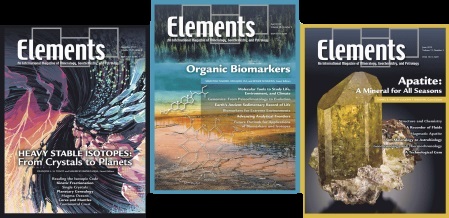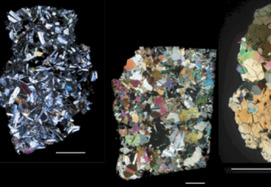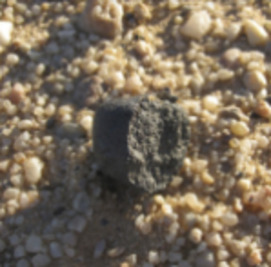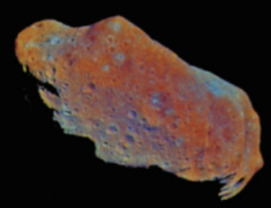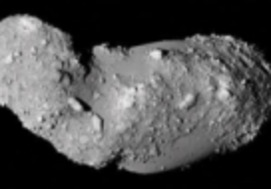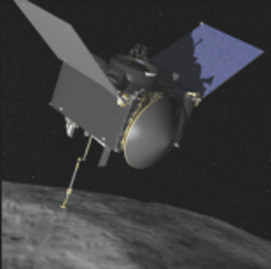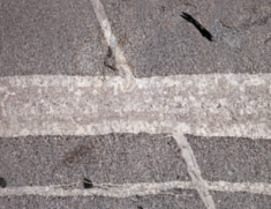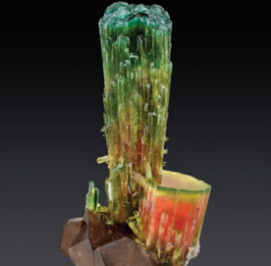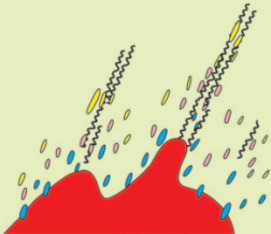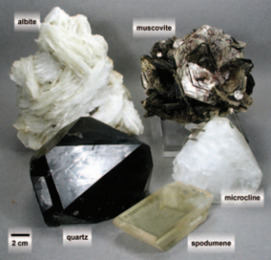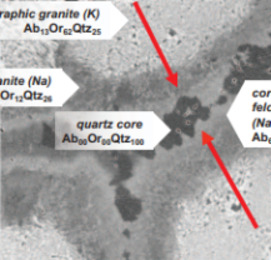Unique, Antique Vesta
Most asteroids are collisional rubble from eons past, and few of them have survived intact. Vesta, the second most massive asteroid, is the only differentiated, rocky body in this category. This asteroid provides a unique view of the kinds of planetesimals that accreted to form the terrestrial planets. We know more about this asteroid than any other, thanks to its recently completed exploration by the orbiting Dawn spacecraft and studies of the ~1000 meteorites derived from it. The synergy provided by in situ analyses and samples has allowed an unparalleled understanding of Vesta’s mineralogy, petrology, geochemistry, and geochronology.
Unique, Antique Vesta Read More »

